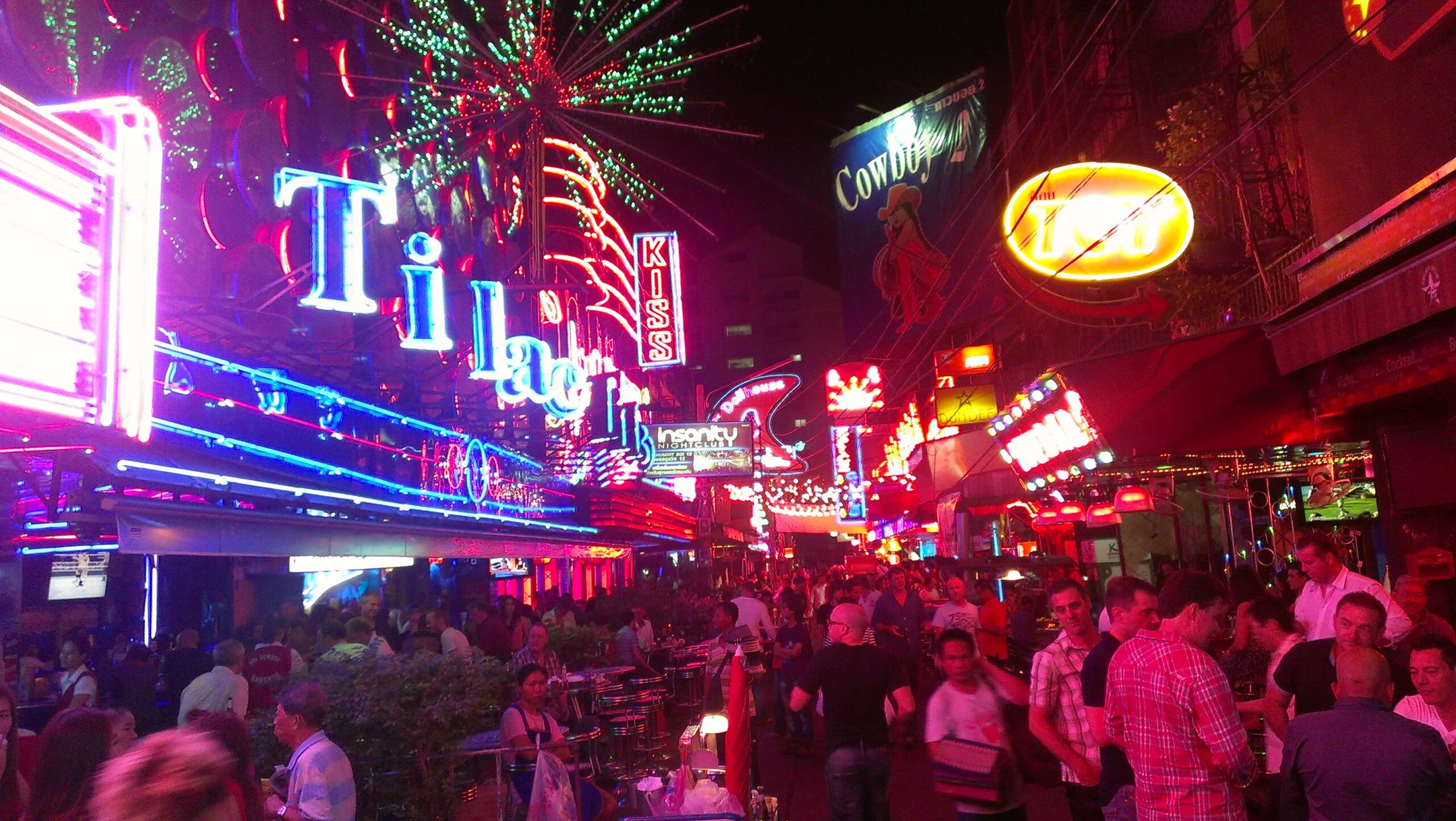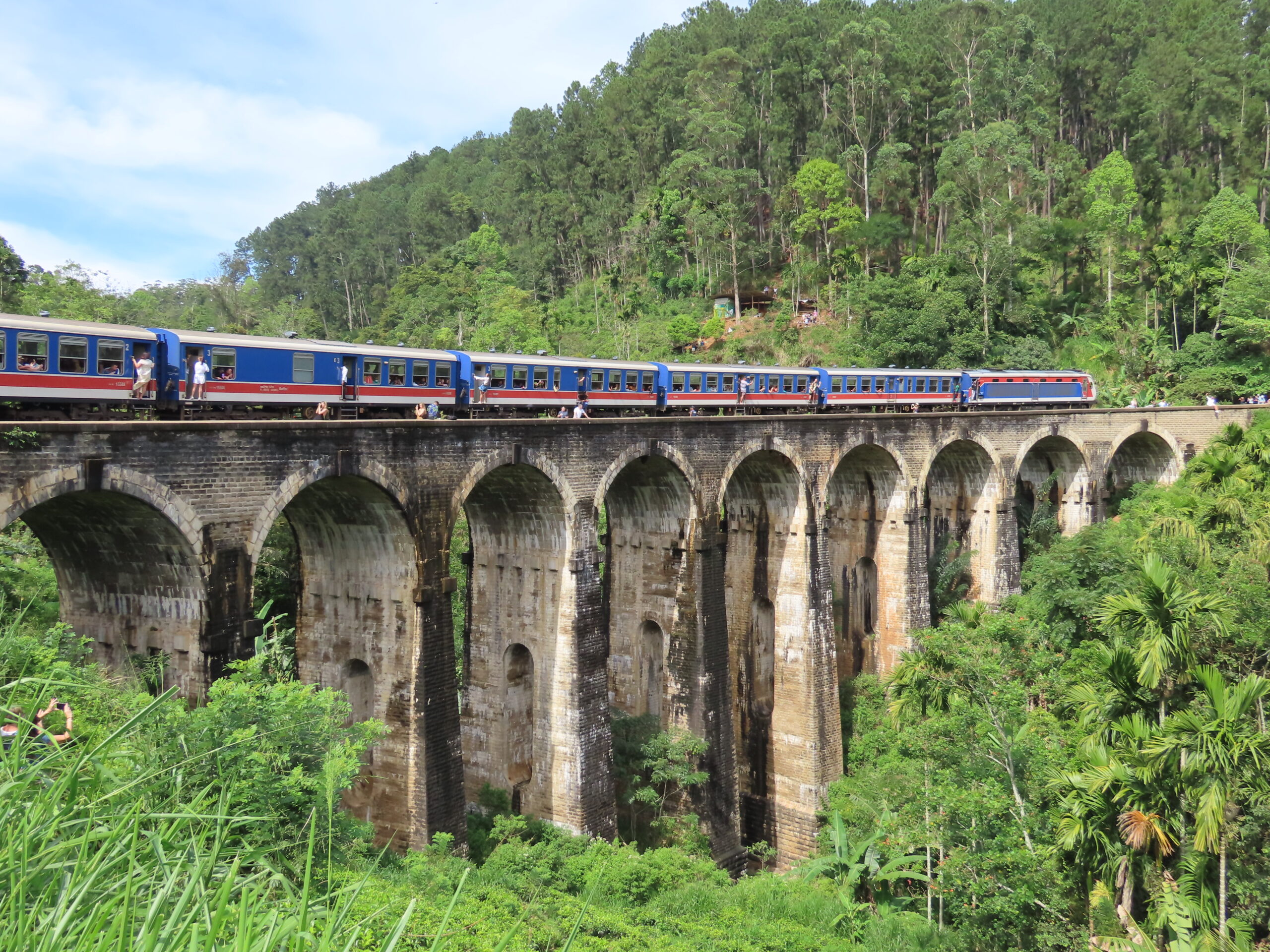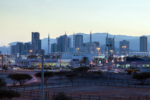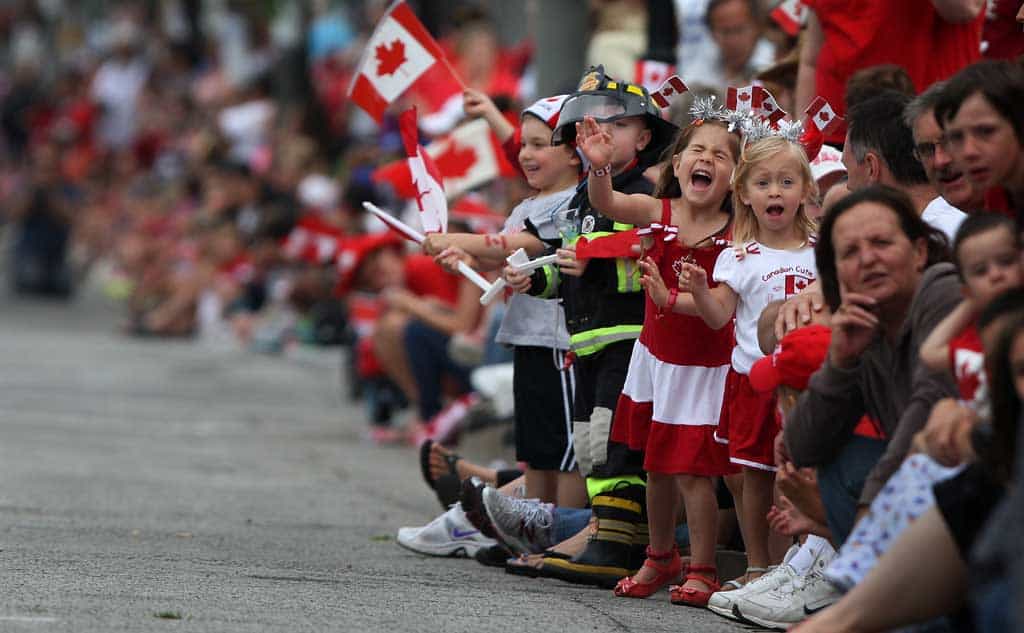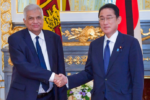WILL CURRENT ECONOMIC CRISIS CRIPPLE SRI LANKA’S TOURISM?
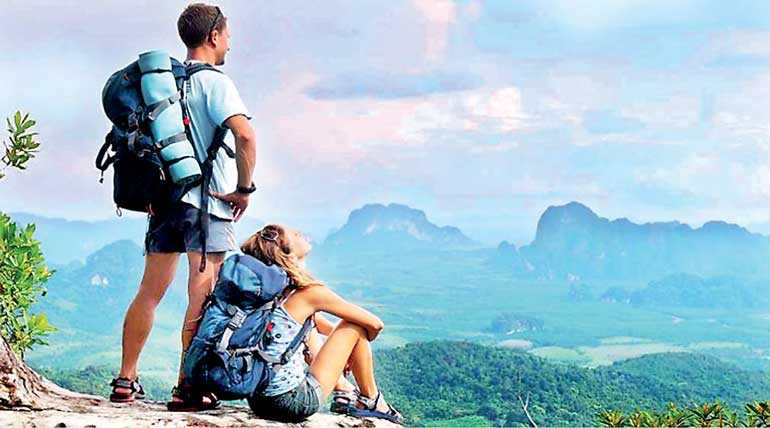
The tourism industry plays a pivotal role in the Sri Lankan economic sector by providing 12.5% of its gross domestic product (GDP) and 250,000 direct and up to two million indirect employment opportunities. Statistics indicate that a total of 23,33,796 foreign visitors have toured Sri Lanka in 2018 and the country was named by prominent global travel companies ‘the world’s best destination for travellers in 2019’. Yet, this welcoming image of the country with an unprecedented growth in tourism was marred by the Easter Sunday terrorist attacks in that year. Although the tourism industry in the country was recovering to a certain extent after a few months, the Covid-19 pandemic hit the island nation towards the beginning of the year 2020. The country reopened for tourism in January last year, but the prevailing situation, stemming from Sri Lanka’s worst economic crisis, seems to affect this industry once again. Will the renewed hopes of Sri Lankans for the revival of tourism be shattered? Will this industry, a major foreign exchange earner, be able to overcome such challenges?
For centuries, Sri Lanka has been a popular destination among foreign travellers who were enticed into visiting and exploring the island. The Chinese monk Fa-Hien (337-422 A. D.), the Venetian merchant Marco Polo (1254-1324) and the Moroccan scholar and explorer Ibn Battuta (1304-1369) are among some of these early visitors to Sri Lanka.
The government initiatives to promote tourism date back to 1937 when the Ceylon Tourist Bureau was founded. But, when World War II broke out, it was closed down in 1939 and after Sri Lanka’s independence from the British in 1948 the development of tourism was considered anew by re-establishing the Ceylon Tourist Board that replaced the Ceylon Tourist Bureau.
In 1965, Junius Richard Jayewardene (1906-1996), as Minister of State of the then government and later the first executive president of Sri Lanka, pioneered the first major development of the tourism industry in the country with the Ceylon Tourist Board Act No. 10 of 1966 and the Ceylon Hotels Corporation Act No. 14 of 1966 that led to the establishment of the Ceylon Tourist Board and the Ceylon Hotels Corporation. Since then the Ceylon Tourist Board has served as the State agency responsible for promotion of tourism in Sri Lanka while the Ceylon Hotels Corporation looked into government investments to construct hotels needed to accommodate tourists.
In October 2007, according to Sec. 2 of the Tourism Act No. 38 of 2005, the Ceylon Tourist Board was replaced by the Sri Lanka Tourism Development Authority (SLTDA).
Records indicate 18,969 foreign tourist arrivals in Sri Lanka in 1966. There was an upward trend of tourist arrivals until 1982, with the exception of 1971 when southern Sinhalese Marxist youths led an unsuccessful armed insurrection against the then government of Prime Minister Sirimavo Bandaranaike, the world’s first female premier.
Between 1976 and 1982, tourist arrivals had increased by 24% per year and according to the tourist traffic in 1982 there was a significant growth in the number of tourists, with 407,230 arrivals. However, when the LTTE (Liberation Tigers of Tamil Eelam) separatists started to wage an ethnic war for over 25 years in the north and east of Sri Lanka, clamouring for Tamil autonomy, led by its military leader Velupillai Prabhakaran (1954-2009), the number of tourist arrivals dropped drastically to around 300,000 annually. Due to haphazard suicide bombings in public places and buses and trains in the capital Colombo and suburbs by Tamil secessionists, killing unwary innocent civilians, most western countries advised their citizens against visiting Sri Lanka. The now infamous communal riots in July 1983, that tarnished the good image of the country, also adversely affected tourism.
Sri Lanka’s hospitality industry suffered another setback with the armed revolt by the same Marxist and nationalist youths that reached its peak in 1988 and had an impact on all civilians. The insurgents resorted to subversion, assassinations and raids on military and civilian targets but the Sri Lankan government managed to quell the revolt through counter-insurgency operations during which many youths disappeared without a trace.
The tsunami disaster that devastated the southwestern, southern and eastern coasts of Sri Lanka in December 2004 too caused a substantial impact on the resources and capacities of the tourism industry in the county when many beach hotels were destroyed by the huge surging waves.
In 2009, under the presidency of Mahinda Rajapaksa, the former prime minister, the lengthy civil war was finally ended when the government forces defeated the LTTE separatists and killed their leader. The ushering in of a war-free period of peace began to attract more and more tourists. SLTDA statistics show that in 2008 there were only 438,475 overseas visitors, but in 2009 this number rose to 447,890. In 2015 the arrivals numbered 17,98,380, indicating over 300% growth in six years. The number continued upwards in the ensuing years and 23,33,796 foreign tourists visited the island in 2018.
Almost 10 years after the end of the civil war, Sri Lanka was recognised as the best country in the world to visit in 2019 by the Lonely Planet, an Australian company, publishing travel guide books, founded in 1973. Moreover, the Trip Expert, a leading global travel agent, named Sri Lanka “The Best Emerging Destination for 2019” owing to the lure of its pristine beaches, mountainous terrains and UNESCO World Heritage Sites.
Unfortunately, this welcoming growth of the tourism industry was disrupted abruptly with the Easter Sunday terrorist attack in April 2019 on Christian churches and leading hotels in Colombo, causing a loss of tourism income amounting to US$ 1.5 billion. Despite these adverse effects, the tourism managed to recover rapidly owing to efforts by the government, security forces, the SLTDA and the Sri Lanka Tourism Promotional Bureau. Although only 37,802 arrivals were recorded in May 2019 after the massacre of devotees and tourists (compared to 129,466 in May 2018), this number soared gradually in the following months and there were 241,663 arrivals in December 2019. Tourism was the third largest foreign exchange earner for Sri Lanka in 2019.
Then came the Covid-19 global pandemic that struck a great blow to the emerging optimism with regard to the revival of tourism in the island. It was mainly the tourism sector that was deeply affected by this viral outbreak. In March 2020 the tourist arrivals dropped to 71,370.
The country reopened for tourism in January 2021 under a health protocol involving pre-flight and post-flight Covid tests on arrival. Tourists were able to visit a series of designated locations under ‘bio bubble’ concept avoiding contact with locals and stay at certified hotels. Prior to this official reopening, a controversy broke out over tourists brought from Ukraine by a former ambassador to Russia, where health protocols were breached, but it was later described as a pilot project.
India has been Sri Lanka’s biggest tourism market before the pandemic and this trend continued even after it. In 2019, Indian tourists represented the largest number of international arrivals with a share of 19%. UK came second and China was a close third.
Tourist arrivals from January-March in this year exceeded 280,000, compared to 194,000 arrivals in the previous year for the same period. So, there is a glimmer of hope for the revival of tourism. Yet, a vital question remains: Faced with the ongoing political turmoil and unrest resulting from the worst economic crisis which the 74-year-old independent Sri Lanka is presently undergoing, with power cuts, long fuel queues, road blocks of protesters, soaring prices of transport and food items, etc., can we expect our tourism industry to resist such challenges with physical and psychological resilience? Will our renewed hopes for the revival of tourism in Sri Lanka wither away? ***
